This article dives into "10 Effective Intensive Behavioral Therapy Strategies for Autism," shining a light on various approaches within Applied Behavior Analysis (ABA) that can really make a difference in treating autism. It’s all about personalized interventions, data-driven methods, and the crucial role of family involvement. These elements can lead to significant improvements in communication, social skills, and adaptive behaviors for children with autism.
Let’s explore this together! By focusing on tailored strategies, we can help your child thrive. Imagine seeing your little one communicate better, make friends, and adapt to daily challenges. It’s not just a dream; it’s achievable with the right support and resources. We’re here to help you every step of the way!
Intensive behavioral therapy for autism has become a beacon of hope for many families navigating the complexities of autism spectrum disorder. 🌟 Research shows that tailored interventions can significantly improve communication, social skills, and independence in children. It’s exciting to think that these goals are more achievable than ever!
But as the world of autism treatment evolves, you might wonder: what are the most effective strategies that can truly make a difference? This article dives into ten powerful intensive behavioral therapy techniques that not only aim to enhance outcomes but also empower families to actively participate in their child's journey toward growth and development. Let’s explore this together!
At Rori Care, we understand that every young person has unique needs. That’s why we use a thorough assessment process to get to know each individual better. This helps our clinicians craft personalized ABA intervention strategies that really focus on specific behaviors and developmental goals. It’s all about making sure that the approach fits the child perfectly!
Research shows that when young individuals receive tailored interventions, they often see significant improvements in communication, social skills, and adaptive behaviors. Isn’t that encouraging? By using data-driven insights, we ensure that each treatment plan is not just customized but also flexible, adapting as the child grows and progresses through therapy.
This personalized approach is key to making intensive behavioral therapy for autism more effective for children with autism. Studies show that early interventions, such as intensive behavioral therapy for autism, lead to better long-term results, including improved language and cognitive skills. As we look ahead to 2025, the impact of individualized treatment plans remains a cornerstone of effective autism care. It really highlights how important tailored strategies are for making meaningful progress.
Let’s explore this together! We’re here to help you every step of the way!
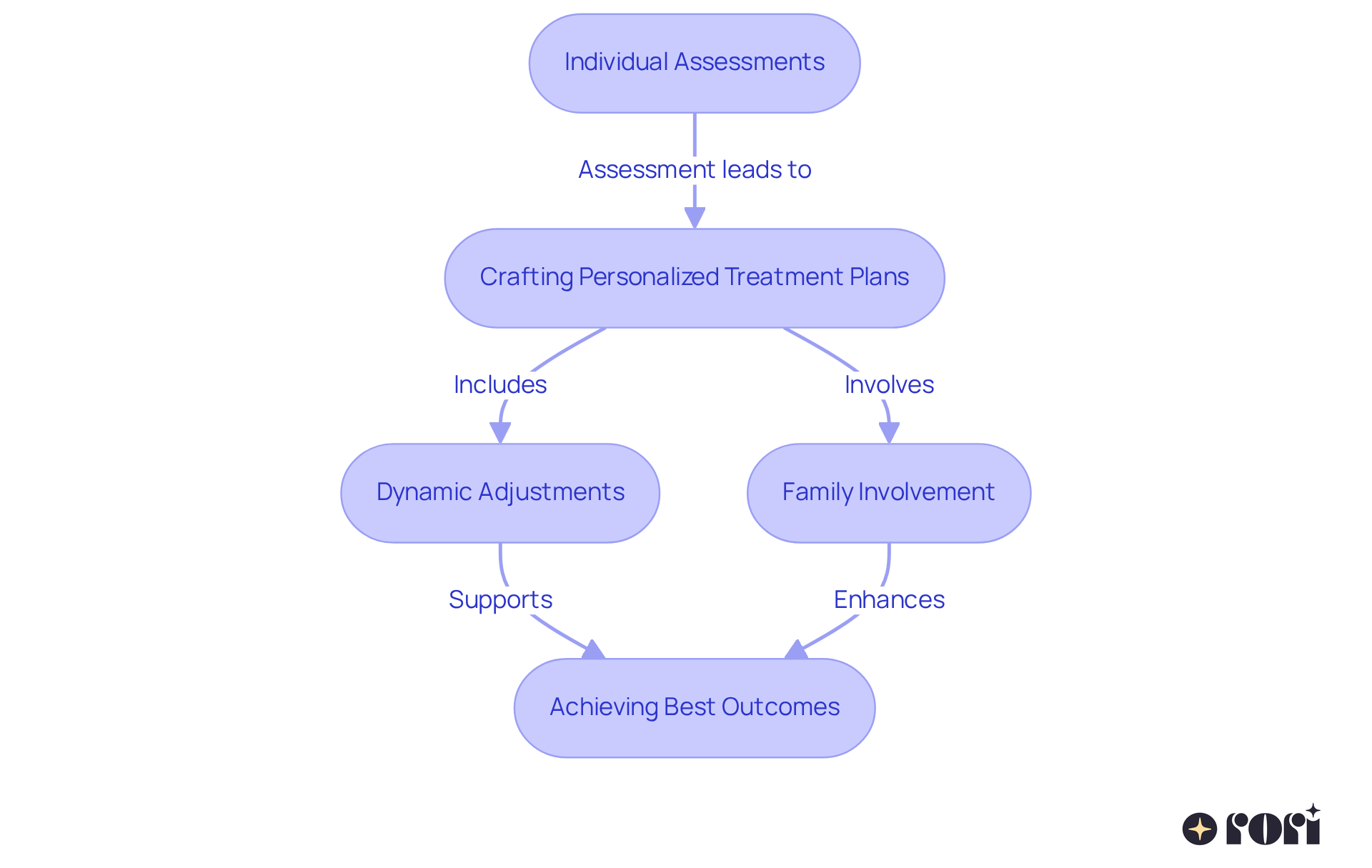
Applied Behavior Analysis (ABA) is a well-known therapeutic approach that incorporates intensive behavioral therapy for autism to help improve specific behaviors and skills in children with autism. By using techniques like reinforcement, prompting, and modeling, ABA promotes positive behaviors while effectively reducing those that are challenging. At its core, ABA is based on the idea that behavior is learned and can be changed through structured interventions.
Qualified behavior analysts play a vital role in crafting and implementing these individualized plans, ensuring that interventions are both effective and ethically sound. Recent research has reinforced the effectiveness of ABA techniques in modifying behavior. For instance, a comprehensive review found strong evidence supporting ABA's impact on cognitive, language, and daily living skills, especially for young children undergoing early intensive behavioral intervention. Real-life stories also showcase the success of ABA methods: kids who started treatment before age four often show remarkable improvements in verbal communication and social skills, underscoring the power of early intervention.
In summary, intensive behavioral therapy for autism, particularly ABA therapy, stands out as a leading evidence-based intervention that delivers measurable positive outcomes that many other treatments simply can’t match. Its structured yet flexible approach, combined with ongoing research and innovation, continues to enhance the lives of individuals with autism and their families. By equipping caregivers with ABA principles and strategies, we encourage active participation in the therapeutic journey, ultimately leading to better behavioral outcomes and a stronger sense of ownership in achieving those goals. Let’s explore this together!
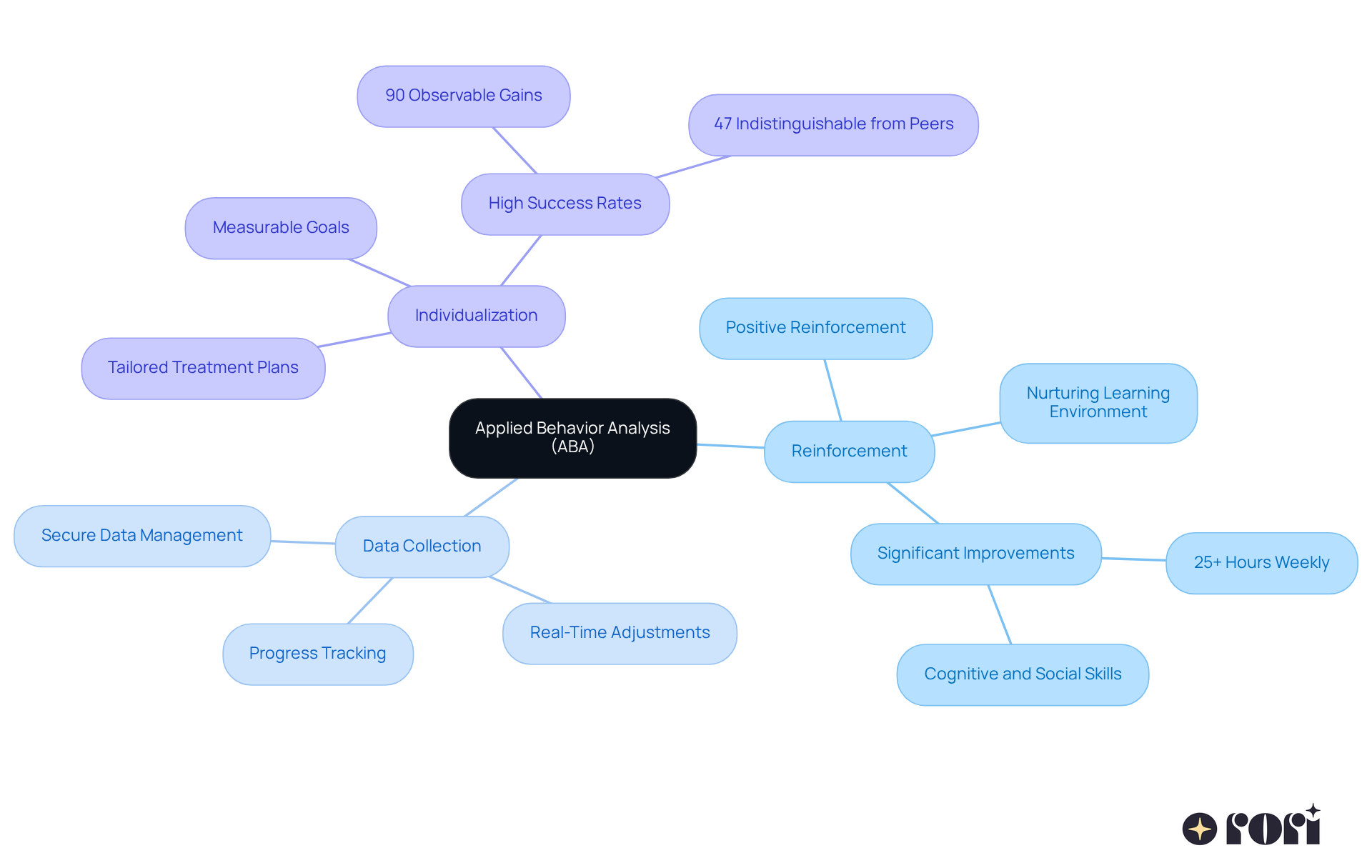
The Early Start Denver Model (ESDM) is an example of intensive behavioral therapy for autism, serving as a fantastic, evidence-based intervention specifically designed for young children, usually between 12 to 48 months old. This innovative model beautifully blends Applied Behavior Analysis (ABA) principles with developmental and relationship-centered approaches. It focuses on enhancing cognitive, language, and social skills through fun play and meaningful interactions.
Research shows that kids participating in ESDM make remarkable strides in their cognitive and social skills. For instance, children undergoing ESDM interventions have shown cognitive improvements averaging 18 points—much more than the 4-point increase seen in community programs. Plus, ESDM helps kids develop essential social skills, enabling them to interact more effectively with peers and caregivers.
By combining the structured approach of ABA with developmental strategies, ESDM provides a comprehensive framework that supports the overall growth of children with autism through intensive behavioral therapy for autism. It truly paves the way for a brighter future!
Let’s explore this together! If you’re curious about how ESDM can help your child, we’re here to help you every step of the way!
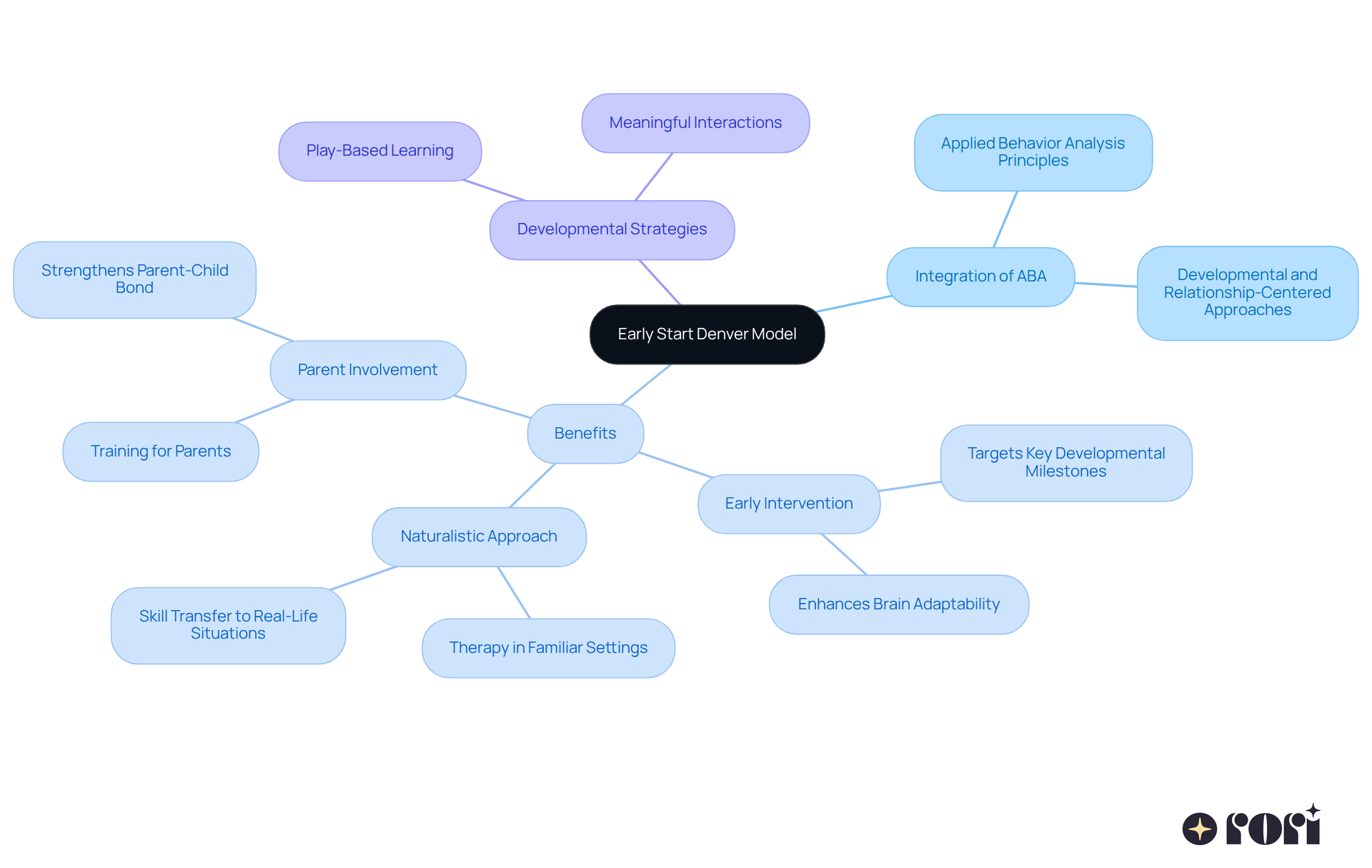
Pivotal Response Treatment (PRT) is a naturalistic approach that focuses on enhancing key areas of a young person's development, like motivation, self-management, and social skills. By honing in on these vital aspects, PRT aims to foster broad improvements across various skills and behaviors, making it a valuable tool in intensive behavioral therapy for autism.
Research shows that child-focused interventions like PRT can lead to significant improvements in communication and social skills. For instance, a meta-analysis found a medium effect size for PRT on expressive language skills, indicating that kids can see real enhancements in their ability to communicate effectively.
Experts highlight the importance of motivation in the context of intensive behavioral therapy for autism. As Stephen Shore wisely points out, 'If you’ve met one individual with autism, you’ve met one individual with autism.' This really drives home the need for personalized approaches that resonate with each child's unique motivations and strengths.
Real-life examples of progress in autism treatment showcase the transformative potential of PRT. Children involved in PRT often show improved social interactions and a greater willingness to participate in group activities, demonstrating the approach's success in nurturing essential life skills. By prioritizing motivation and engagement, PRT not only supports children on their developmental journey but also empowers families to be active participants in their child's growth.
Let’s explore this together! If you’re curious about how PRT can make a difference, we’re here to help you every step of the way!

Developing social skills is a key part of autism treatment, helping kids learn how to connect with peers and adults. At Rori Care, our organized social skills group therapy sessions, led by qualified therapists, give children a chance to practice important techniques like sharing, taking turns, and understanding social cues. These skills are essential for navigating social situations successfully.
The benefits of role-playing in social skills training are backed by data showing that kids in these programs see real improvements in their social interactions. For instance, research indicates that the overall effect size for social training interventions ranges from 0.28 to 0.60, with face-to-face social training (F2F-ST) showing an impressive effect size of 0.81 and behavioral intervention technologies (BITs-ST) at 0.93.
At Rori Care, our clinical leadership team is dedicated to valuing neurodiversity and empowering caregivers with ABA principles and strategies to support their loved ones' behavioral goals. To help your child thrive, consider weaving role-playing into daily routines, using social stories to prepare for upcoming social situations, and actively encouraging peer interactions to reinforce those learned skills.
Let’s explore this together! We’re here to help you every step of the way!
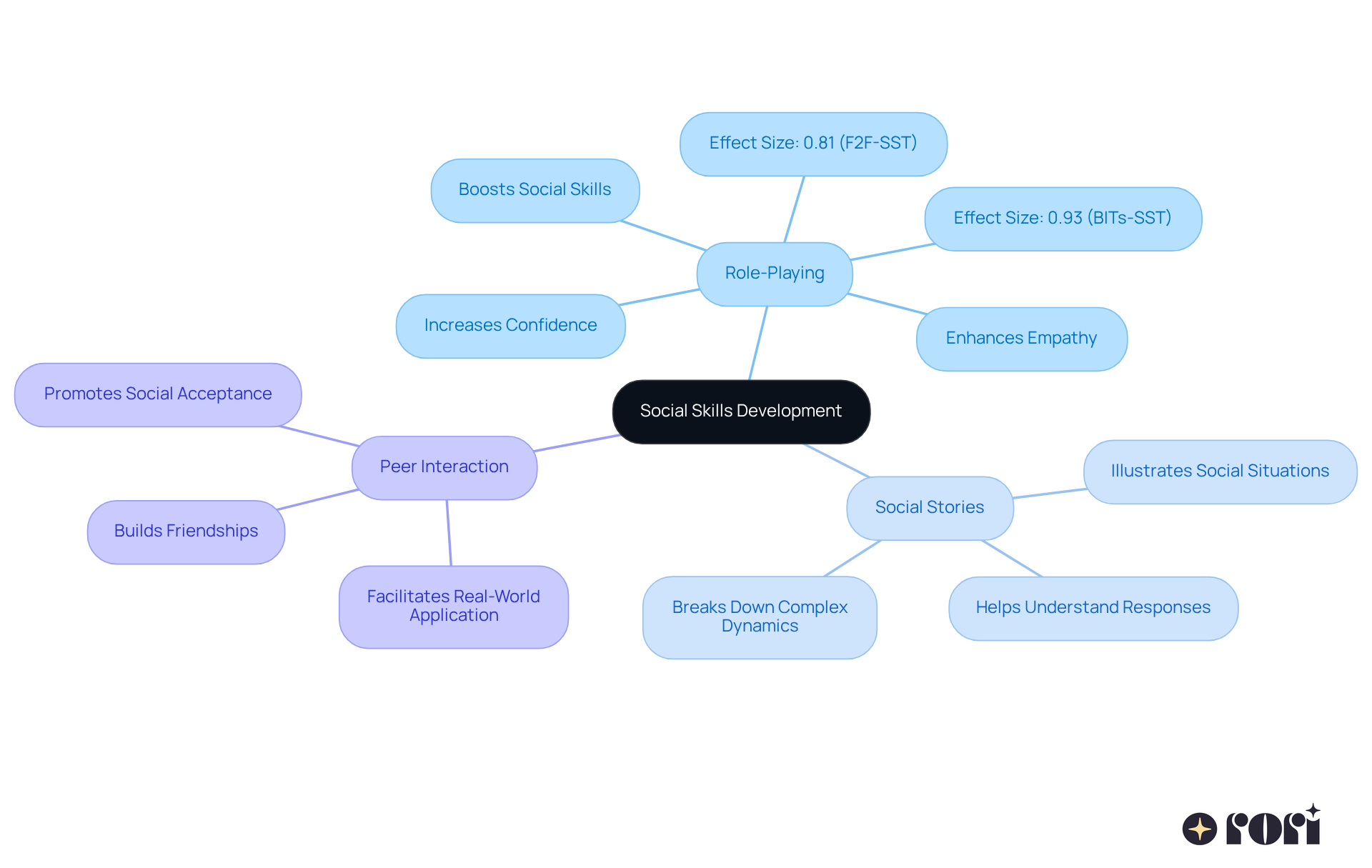
Data-driven methods play a vital role in enhancing autism treatment, helping clinicians make informed choices based on solid results. By collecting and analyzing data systematically, therapists can assess how well interventions are working and tweak their strategies as needed.
The use of technology in ABA treatment has revolutionized how we collect data, enabling advanced tracking of behaviors through mobile apps and wearable devices. This means therapists can keep a close eye on client progress, ensuring that interventions are tailored to meet individual needs effectively. Overall, the commitment to data-driven approaches is transforming autism treatment, particularly through intensive behavioral therapy for autism, leading to better results and empowering families throughout the healing journey.
Let’s explore this together! We’re here to help you every step of the way!

Parent-led ABA solutions allow families to take an active role in their child's therapy. By training parents in effective ABA strategies, they can reinforce learning and support their child's development right at home.
By embracing parent-led ABA solutions, families can create a collaborative and effective therapeutic environment that significantly enhances their child's development and overall well-being. Let’s explore this together!
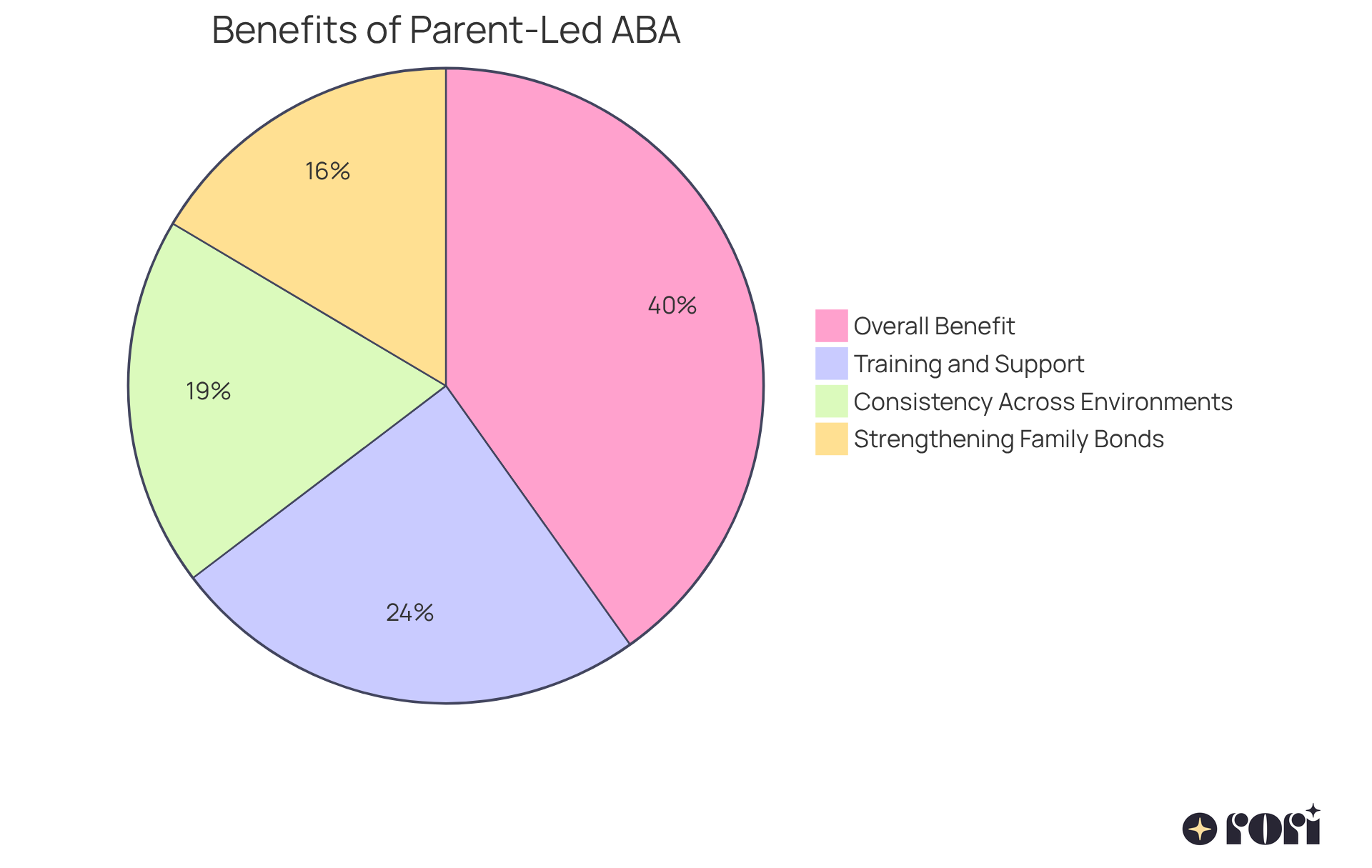
Skilled practitioners play a crucial role in making intensive behavioral therapy for autism effective, especially for youth with autism. Their specialized training and empathetic approach can really make a difference in treatment outcomes. These professionals have a deep understanding of ABA and autism spectrum disorders, which helps them implement evidence-based practices with confidence.
In summary, the combination of specialized training, empathy, and a commitment to continuous education empowers our clinicians to provide compassionate care that’s essential for successful ABA treatment. Their role goes beyond just implementing strategies; they create a supportive environment where young individuals can truly thrive. Let’s explore this journey together!

Intensive behavioral therapy for autism has proven to be a powerful tool for helping youth with autism, resulting in impressive progress across various developmental areas. Did you know that about 1 in 44 children in the U.S. are diagnosed with autism spectrum disorder each year? This statistic really underscores the urgent need for effective interventions. Kids who participate in intensive behavioral therapy for autism often see remarkable improvements in their communication skills, independence, and social interactions.
Positive Outcomes of ABA Therapy:
Let’s explore this together! If you’re considering ABA therapy for your child, know that you’re not alone on this journey. We’re here to help you every step of the way!

At Rori Care, we’re all about transforming autism treatment to make ABA accessible and effective for every family. With a blend of innovative technology and heartfelt care, we aim to empower young individuals and their families to reach their fullest potential.
Innovative Technology: Imagine using AI and data-driven methods to boost therapy effectiveness! Our automatic progress report generation frees up 50% more time for child treatment, allowing us to focus on what truly matters. This tech supports evidence-based strategies tailored to each child’s unique needs, making therapy more personalized.
Family-Centered Approach: We believe that involving families in the treatment process is key. By empowering caregivers with ABA principles and strategies, we ensure holistic support that truly makes a difference. After all, you know your child best!
Commitment to Excellence: We’re dedicated to providing the highest standards of care in everything we do. Our focus on individualized planning, measurable goals, and ongoing evaluation helps us optimize outcomes. Plus, we continuously monitor and adjust strategies based on functional behavior analysis to ensure the best possible results.
Through these key aspects, Rori Care isn’t just about providing therapy; we’re revolutionizing autism care. We’re making it more personalized, effective, and accessible for every family. Let’s explore this journey together! We’re here to help you every step of the way!
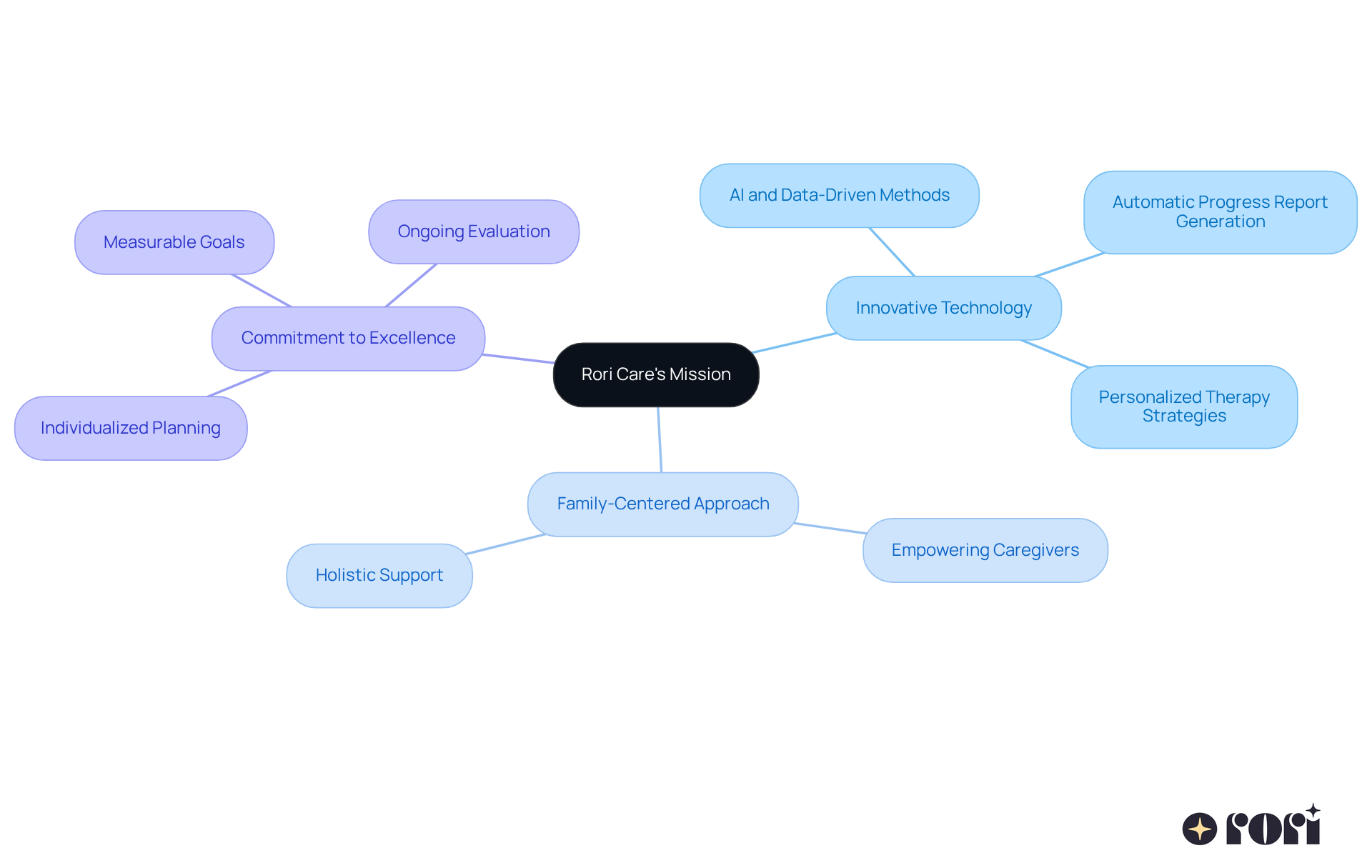
Intensive behavioral therapy for autism, especially through Applied Behavior Analysis (ABA), opens up a world of possibilities for children navigating the challenges of autism. At Rori Care, we believe in crafting personalized treatment plans that cater to each child's unique needs. This way, therapy isn’t just effective; it evolves as they grow! With ongoing data collection and family involvement, we see that successful outcomes come from a true partnership between therapists, families, and the children themselves.
Throughout this journey, we’ve highlighted various strategies like the Early Start Denver Model and Pivotal Response Treatment. These approaches are essential in enhancing autism therapy. Each method plays a vital role in building crucial skills, improving communication, and nurturing social interactions. Ultimately, they lead to a richer quality of life for children with autism. The evidence backing these techniques shows just how important they are for making meaningful progress and reflects our commitment to continuous improvement in this field.
Looking ahead, we can’t stress enough how vital it is to have accessible, personalized, and effective interventions. Families are encouraged to dive into their child's therapeutic journey, using the tools and strategies we provide to support growth and development. By embracing these approaches, you can help pave the way for your child to thrive. Remember, with the right support, every child can reach their fullest potential. Let’s explore this together!
What is Rori Care's approach to ABA therapy for autism?
Rori Care uses a thorough assessment process to understand each young person's unique needs, allowing clinicians to craft personalized ABA intervention strategies focused on specific behaviors and developmental goals.
How does personalized intervention benefit children with autism?
Research shows that tailored interventions lead to significant improvements in communication, social skills, and adaptive behaviors, making them more effective for children with autism.
What does the assessment process at Rori Care involve?
Each student undergoes a detailed assessment to identify their strengths and areas for growth, which sets the foundation for effective intervention.
How often are treatment plans adjusted at Rori Care?
Treatment plans are regularly reviewed and adjusted based on ongoing data collection and evaluation to align with the child's evolving needs.
What role do families play in the treatment process at Rori Care?
Family involvement is emphasized, as actively engaging parents in the treatment process helps create consistency and support at home, which is crucial for achieving the best outcomes.
What is Applied Behavior Analysis (ABA)?
ABA is a therapeutic approach that incorporates intensive behavioral therapy to improve specific behaviors and skills in children with autism, using techniques like reinforcement, prompting, and modeling.
What are the core principles of ABA?
The core principles of ABA include reinforcement of positive behaviors, data collection for progress tracking, and individualization of treatment plans to meet each child's unique needs.
How effective is ABA therapy?
Studies indicate that children receiving at least 25 hours of ABA each week see significant improvements in cognitive abilities and social skills, with about 90% of participants making noticeable progress after intensive behavioral therapy.
What is the Early Start Denver Model (ESDM)?
ESDM is an evidence-based intervention for young children with autism that integrates ABA principles with developmental strategies, focusing on enhancing cognitive, language, and social skills through play and interactions.
What are the benefits of the Early Start Denver Model?
ESDM emphasizes early intervention during critical developmental milestones, uses a naturalistic approach in familiar settings, and actively involves parents in the therapeutic process, leading to better communication and social engagement.
How do children benefit from ESDM compared to community programs?
Research shows that children participating in ESDM make greater cognitive improvements, averaging an 18-point increase, compared to a 4-point increase seen in community programs.